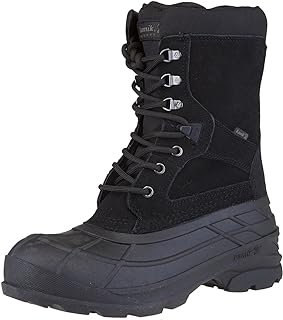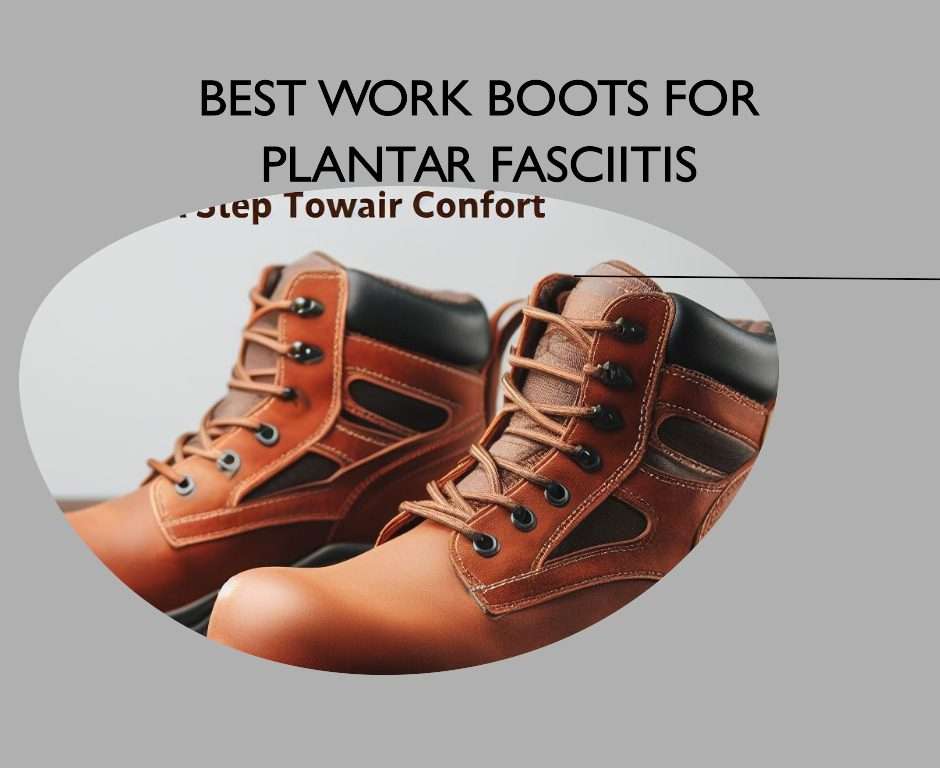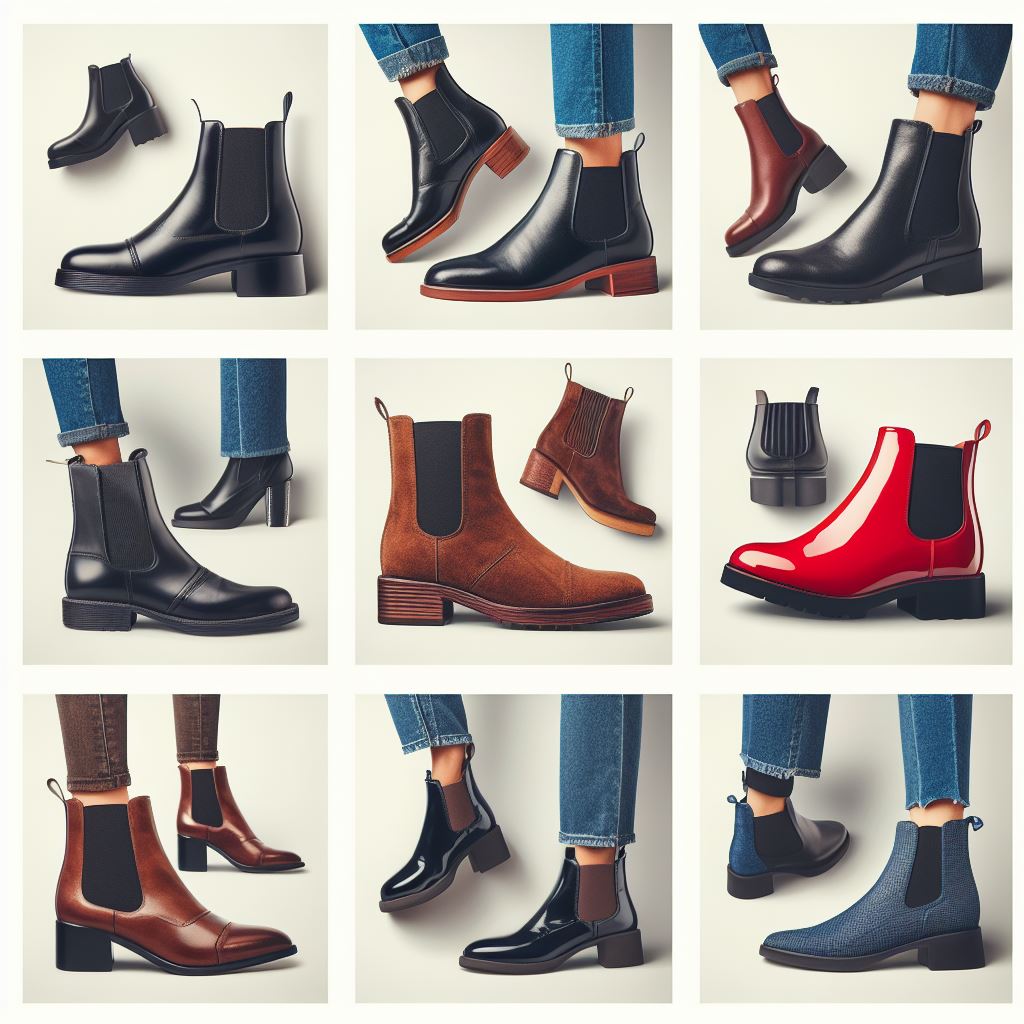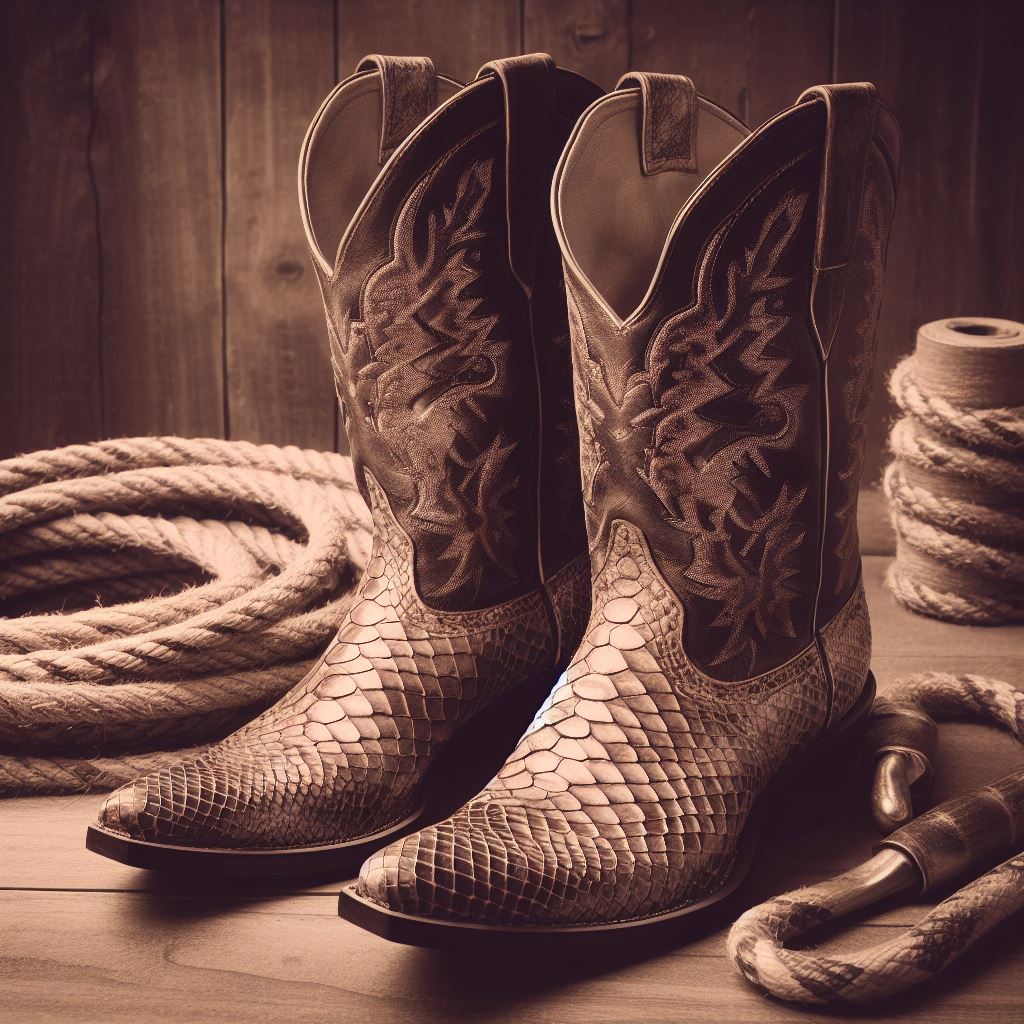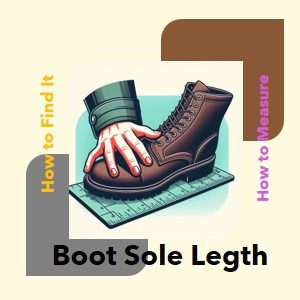If you’ve recently found yourself in a walking boot due to an injury or surgery, navigating daily life can be challenging. Fear not! In this comprehensive guide, we’ll explore how to walk in a walking boot without crutches, ensuring a smoother recovery process.
Table of Contents
ToggleUnderstanding Walking Boots
What is a Walking Boot?
A walking boot, also known as a medical boot or orthopedic boot, is designed to immobilize your foot and ankle, providing stability and protection during the healing process. These boots are commonly used for conditions such as fractures, sprains, and post-surgical recovery. They come in various forms, including hard and soft boots, with features like adjustable straps, air cells for compression, and rocker soles to facilitate walking.
Side Effects of Wearing a Walking Boot
While walking boots are effective, they can sometimes cause side effects such as:
- Discomfort and pain: Prolonged use can lead to discomfort. According to a study published in the Journal of Foot and Ankle Research, 64% of patients reported some level of discomfort while wearing a walking boot.
- Muscle atrophy: Lack of use can weaken muscles. In a study in the American Journal of Physical Medicine & Rehabilitation, researchers noted a significant reduction in calf muscle mass in patients using walking boots for extended periods.
- Skin irritation and blisters: Prolonged contact with the boot can irritate the skin. Always ensure proper fit and use padding if necessary to prevent blisters.
How to Walk in a Walking Boot Without Crutches
Step-by-Step Instructions
Walking in a walking boot without crutches requires careful attention to technique and gradual progress. Follow these steps to ensure you walk safely and effectively:
- Adjust the Boot Properly:
- Ensure the boot fits snugly and the straps are securely fastened. An improperly fitted boot can cause additional injuries or discomfort.
- Check that your foot is well-positioned inside the boot with the heel firmly placed at the back.
- Start with Partial Weight-Bearing:
- Begin by placing a small amount of weight on the injured foot. Use a wall or furniture for support.
- Gradually increase the amount of weight as your comfort and confidence improve. A study in the Journal of Orthopaedic & Sports Physical Therapy suggests that gradual weight-bearing can enhance healing and reduce recovery time.
- Use Your Heel:
- When stepping, focus on using your heel to make initial contact with the ground. This helps distribute weight evenly and reduces strain on the injured area.
- Ensure a smooth transition from heel to toe to mimic a natural walking motion.
- Roll Through Your Foot:
- Gradually roll your foot from heel to toe. This motion helps you walk more naturally and reduces the risk of further injury.
- Pay attention to your gait and make adjustments as needed to maintain balance.
- Maintain an Upright Posture:
- Keep your back straight and avoid leaning too much to either side.
- Engage your core muscles to stabilize your body and reduce the risk of falling.
- Use a Supportive Shoe on the Unaffected Foot:
- Wear a shoe of similar height on your other foot to maintain balance and reduce strain on your hips and back.
- Opt for a supportive shoe with good arch support and cushioning to enhance comfort.
How Far Can I Walk in a Walking Boot?
Start with short distances, such as walking around your house. Gradually increase the distance as you become more comfortable and your strength improves. Consult your doctor for personalized advice. According to the American Academy of Orthopaedic Surgeons, gradual progression in walking distance is crucial to avoid overloading the injured foot.
How to Walk in a Walking Boot with Crutches
If you’re transitioning from crutches, start by using them for partial weight-bearing:
- Place the crutches under your arms and support your weight on them.
- Gradually shift some weight to the injured foot while still using the crutches for support.
- As you gain confidence, reduce reliance on the crutches.
Tips for Walking Safely
Proper Footwear
Wearing a supportive shoe on your non-affected foot is crucial for maintaining balance and preventing additional strain. Here are some tips for choosing the right footwear:
- Height: Ensure the shoe height matches the height of the walking boot to avoid limping.
- Support: Choose a shoe with good arch support and cushioning.
- Stability: Opt for a shoe with a wide base for better stability.
Conclusion
Mastering how to walk in a walking boot without crutches involves patience and following medical advice. Focus on gradual progress, proper technique, and maintaining overall body balance to ensure a smooth and effective recovery.
Frequently Asked Questions
- How do I start walking in a walking boot without crutches?
Begin with partial weight-bearing, using support from walls or furniture. Gradually increase the weight on your injured foot as you become more comfortable.
- How should I adjust my walking boot?
Ensure the boot fits snugly but not too tight. Adjust the straps so your foot feels secure and comfortable without causing pain.
- Can I walk long distances in a walking boot?
Start with short distances and gradually increase as your comfort and strength improve. Always listen to your body and consult your doctor for personalized advice.
- Should I use a shoe balancer?
Yes, wear a shoe of similar height on your unaffected foot to maintain balance and reduce strain on your hips and back.
- How can I reduce discomfort while wearing the boot?
Ensure a proper fit, use padding to prevent blisters, and elevate your foot to reduce swelling. Consult your doctor if discomfort persists.
- What should I do if my boot causes skin irritation?
Check the fit, use additional padding, and consider wearing a thin sock to reduce friction. If irritation continues, consult your healthcare provider.
- How do I maintain an upright posture while walking?
Engage your core muscles and avoid leaning to either side. Focus on keeping your back straight and take controlled, deliberate steps.
- Can I drive while wearing a walking boot?
Consult your doctor first. Driving with a walking boot can be dangerous and may not be advisable, depending on your injury and the type of boot.
- How do I transition from using crutches to walking without them?
Start by using crutches for partial weight-bearing. Gradually shift more weight to your injured foot while still using the crutches for support. Reduce reliance on crutches as your confidence grows.
- How can I prevent muscle atrophy while wearing a walking boot?
Perform gentle range-of-motion exercises as recommended by your healthcare provider to maintain muscle strength and flexibility.
- What if I experience pain while walking in the boot?
Stop and rest if you feel pain. If pain persists, consult your doctor to ensure the boot is properly fitted and to check your progress.
- How do I know if my boot fits correctly?
Your boot should feel snug but not too tight. There should be no pinching or excessive pressure points. Adjust the straps as needed for comfort.
- Can I wear the boot while sleeping?
Follow your doctor’s instructions. Some injuries may require you to wear the boot while sleeping, while others may not.
- How often should I check the fit of my boot?
Regularly check the fit throughout the day, especially if you notice any changes in swelling or discomfort.
- What type of shoe should I wear on my unaffected foot?
Wear a supportive shoe with good arch support and cushioning. Ensure the shoe height matches the height of the walking boot for balance.
- How can I manage swelling while wearing the boot?
Elevate your foot when resting, use compression socks, and avoid prolonged periods of standing or walking.
- Should I use assistive devices if I struggle to walk without crutches?
Yes, consider using a cane or walker temporarily for additional support if you have difficulty walking without crutches.
- How do I roll through my foot while walking?
Focus on using your heel to make initial contact with the ground, then roll through to your toe in a smooth, controlled motion.
- Is it normal to feel uneven while walking in a boot?
Yes, it’s common to feel uneven. Wearing a shoe balancer on the other foot can help maintain balance and reduce strain.
- Can I exercise while wearing a walking boot?
Consult your doctor before starting any exercise routine. They may recommend specific exercises that are safe and beneficial for your recovery.
External Resources:



